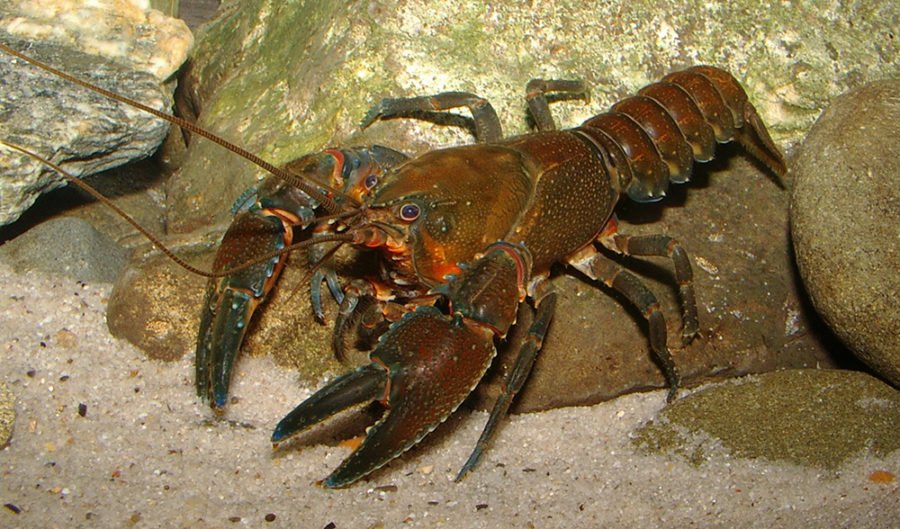Three new species of Australian crayfish found

THREE NEW SPECIES of crayfish have been discovered in Victorian and New South Wales wetlands by Australian researchers and volunteers from the Australian Crayfish Project.
Australia hosts one of the world’s most diverse crayfish fauna, yet it remains poorly studied, explains Dr Robert McCormack, lead researcher.
“The project is discovering dozens of new species or new populations that were never known to exist. Our aim is to find and identify all species of freshwater crayfish and their habitat,” says Robert.

A new species, the eastern swamp crayfish (Gramastacus lacus), is the world’s smallest crayfish. (Credit: Rob McCormack)
World’s smallest crayfish
One of these new species, named Gramastacus lacus, holds the title of being one of the world’s smallest crayfish. It is found in scattered populations across the coastal lakes and swampy areas of New South Wales. These critters are prolific and live in burrows up to a meter deep, which they use to avoid drought. Research about this new species was published earlier this year in ZooKeys.
The second species, currently being described by Rob McCormack and Jim Fetzner from the Carnegie Museum of Natural History, in the USA, will be a new member of the genus Euastacus and it is known from a single river in eastern Victoria.
The new species, Dr McCormack says, “occurs in mainly permanent, small-to-medium cool, flowing streams through a range of forest communities including ancient wet eucalypt forests, cool and warm temperate rainforests”.
The third species, commonly known as the swamp yabby, is a new member of the genus Cherax, and it is currently being described by Robert and also Dr Tarmo Raadik from the Arthur Rylah Institute, at the Department of Environment and Primary Industries, Victoria. The swamp yabby has been known for some time, says Robert, but difficulties in obtaining specimens has caused this species go undescribed for the last 78 years.
“Thanks to the recent surveys from ACP [Australian Crayfish Project] we now know that it is widely distributed over a large area along the central Murray River and tributaries, being found over a 20,000 sq.km area along the floodplain in NSW, though more widespread in Victoria,” Robert says.
Endangered discoveries
Crayfish play an important role in their habitat, serving as so-called keystone species which help preserve the well-being of many other species such as large invertebrates, fish, turtles, snakes, mammals and birds in the ecosystem. Currently, many crayfish species are threatened by habitat loss and invasive species.
The identification of these new species brings new hope for their imperilled habitat, greatly reduced by urban and agricultural development.
“The bottom line is that if no one knows these species are there and they don’t even have a name then how can they be protected and conserved into the future?” Robert says.
The results from this project will bring crayfish species and their habitat into the spotlight of management agencies, says Robert, so that any conservation, development or catchment management plans will have to consider their existence before digging into the soil.

